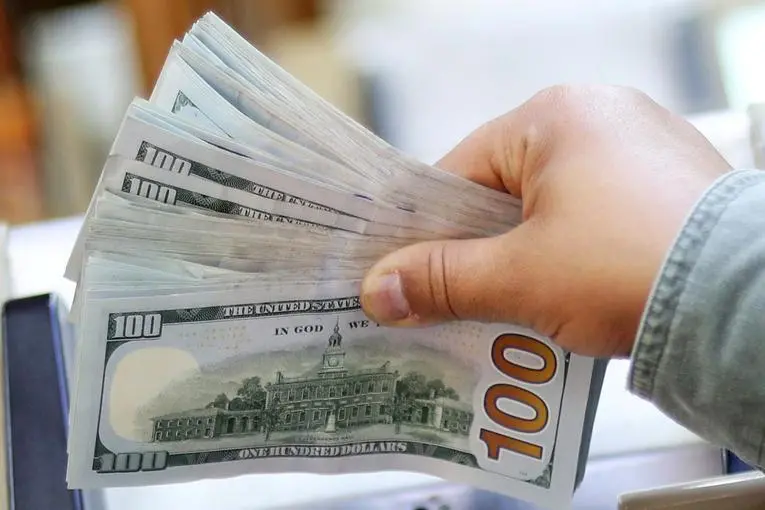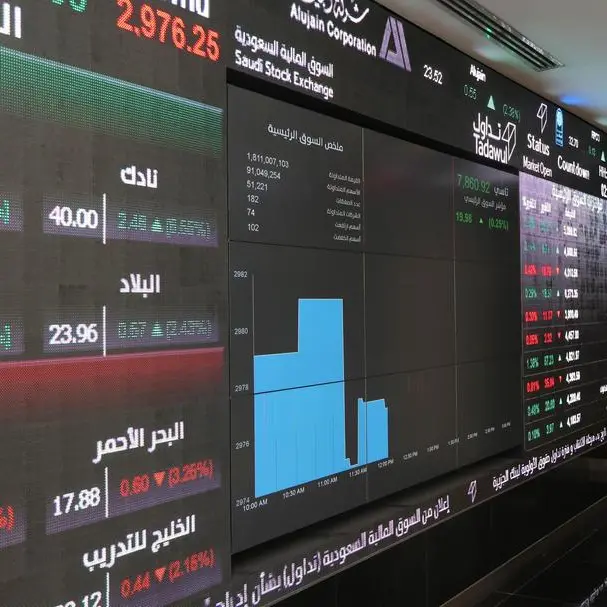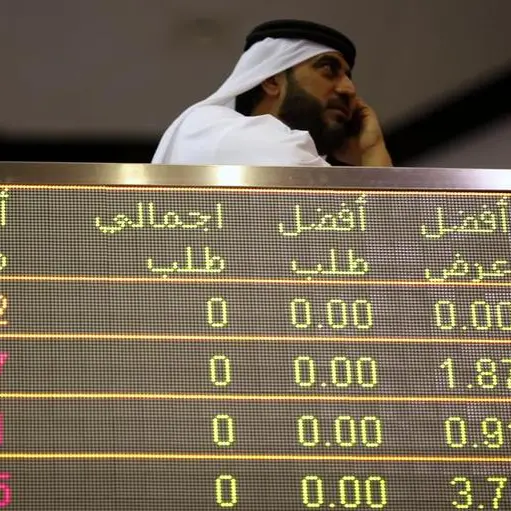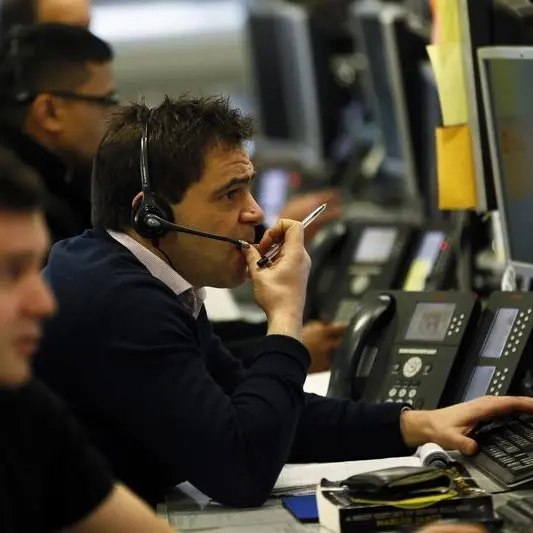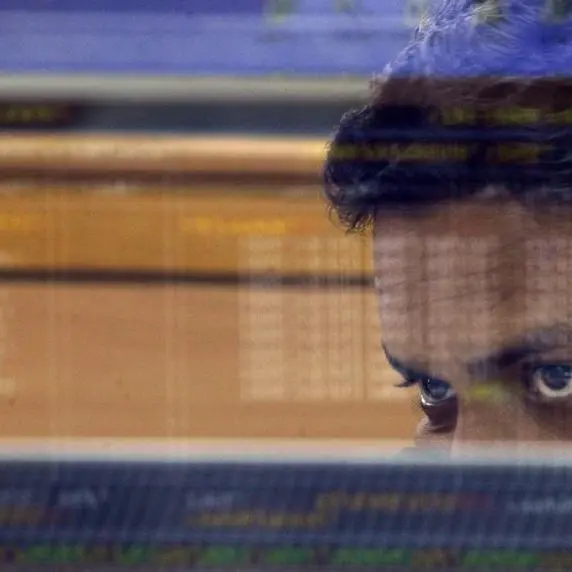PHOTO
NEW YORK- The dollar was little changed on Tuesday, as investors waited for developments on whether lawmakers in Washington could reach a compromise on new stimulus to support the economic recovery from the coronavirus pandemic ahead of next month's election.
U.S. House of Representatives Speaker Nancy Pelosi and Treasury Secretary Steven Mnuchin were expected to speak by phone again on Tuesday on economic relief after speaking for about an hour on Monday, continuing their recent flurry of activity working towards a deal on legislation.
But the dollar remained rangebound against a basket of six major currencies, last sitting at 93.407, as expectations for a deal were muted. The greenback has fallen around 1% from a two-month high reached at the end of September, in contrast with U.S. equity markets, which rose.
"Pretty much everybody has given up on the idea that we are going to have a fiscal spend before the election, so then it's really a matter of how the dollar is going to react post election," said Boris Schlossberg, managing director of FX strategy at BK Asset Management.
Efforts by Congress to reach an agreement on relief funds have been further complicated by the spread of the coronavirus among key policymakers including U.S. President Donald Trump.
Trump on Monday returned to the White House after a three-day stay in a military hospital where he was receiving treatment for COVID-19, a development viewed as reducing political uncertainties, which helped lift global stocks to more than a two-week high.
The lead taken by Democratic presidential nominee Joe Biden in polls is seen as weighing on the U.S. currency.
"The increasing possibility of a "blue wave" (Democratic control of the White House and Congress) that would open the door for much-needed fiscal stimulus would be a welcome development for risk assets and could undermine the U.S. dollar," said Lee Hardman, currency analyst at MUFG.
Euro/dollar was up 1.3% at $1.1796. The British pound fell 0.12% to $1.2961, with hopes of a Brexit deal keeping the currency close to $1.30. The dollar was 0.04% weaker versus the Japanese yen at 105.68.
Among currencies that are not included in the dollar index, the offshore Chinese yuan weakened 0.2% to 6.7325 per dollar, having hit on Monday its highest level since April of last year.
On the data front, the U.S. trade deficit surged 5.9% in August to $67.1 billion, the largest in 14 years as imports climbed again, suggesting that trade could be a drag on economic growth in the third quarter.
All eyes later on Tuesday will be on an address by Federal Reserve Chair Jerome Powell at a virtual meeting of the National Association for Business Economics, where global central bankers are likely to present their plans about how much more they can do to prevent an economic depression.
The Australian dollar reversed the gains it made after the Reserve Bank of Australia kept interest rates on hold at 0.25%, despite widespread expectations of a rate cut. It was last trading at $0.7161, down 0.25% on the day.
Australia will spend A$4 billion over the next year to pay businesses that hire those under the age of 35, Treasurer Josh Frydenberg said on Tuesday, part of an ambitious plan to boost jobs and growth.
(Reporting by John McCrank in New York; Additional reporting by Olga Cotaga in London Editing by Paul Simao) ((john.mccrank@thomsonreuters.com Twitter @jmccrank; 1 646 223-6643; Reuters Messaging: john.mccrank.thomsonreuters.com@reuters.net))
